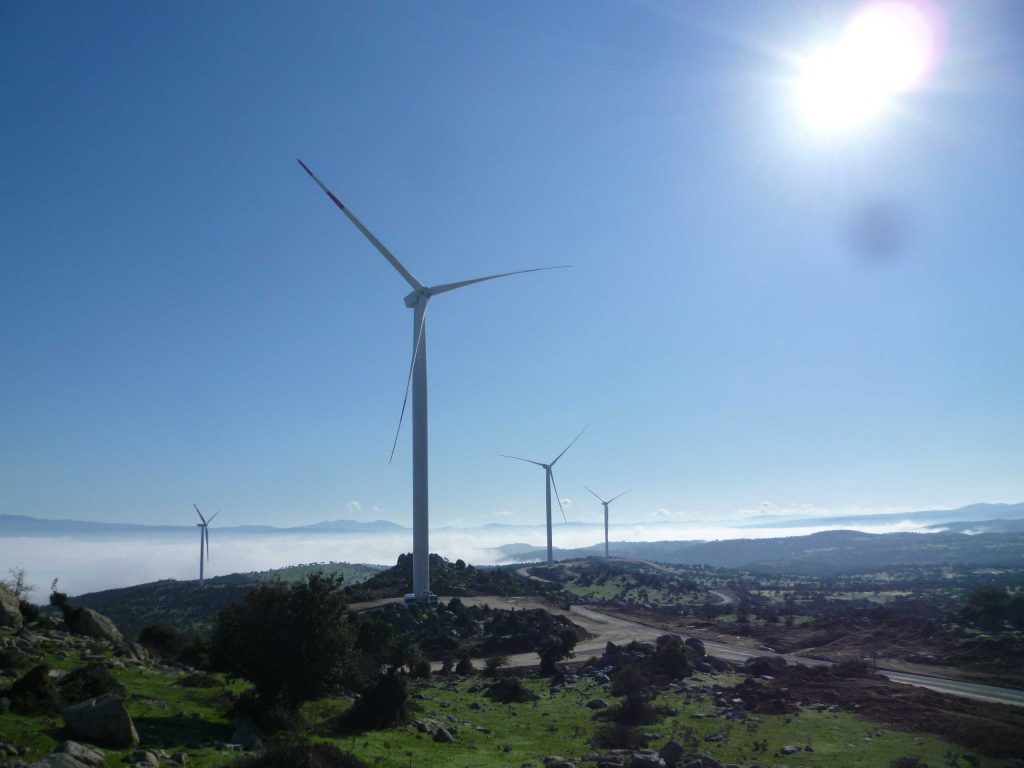By JOHN C.K. DALY
UPI International Correspondent
Parallel with Turkey’s scramble to secure energy resources are its efforts to position itself as the prime energy transit corridor for burgeoning energy exports from the Caspian coterie of former Soviet republics. Ankara’s greatest success to date has been the $3.6 billion, 1,092-mile Baku-Tbilisi-Ceyhan pipeline. Opened in 2006, BTC has provided a cash bonanza for Turkey in transit fees; three months ago Energy and Natural Resources Minister Hilmi Guler told journalists that BTC transit revenues had already earned Turkey $2 billion.
An added benefit of BTC for Turkey is that it relieves tanker traffic on the Turkish Straits, which connect the Black Sea with the Mediterranean and are used by Russia and Kazakhstan as their maritime route for exports to the world market. Besides BTC, another alternative supported by Ankara is the 340-mile, $1.5 billion Samsun-Ceyhan pipeline, also known as the Trans-Anatolian Pipeline, first proposed in 2004, now being developed.
But welcome as transit fees are, they do little to solve the country’s immediate energy needs. According to Turkish Petroleum Corp. Director General Mehmet Uysal, seven oil wells will be drilled in the Black Sea in the next three years. While Uysal believes Turkish Black Sea offshore wells ultimately will equal Azerbaijan’s riches, Black Sea production is years away from coming online, leaving Turkey with a rising import bill.
Ankara accordingly is investigating any and all alternatives. Turkey is considering beginning construction of the country’s first two nuclear plants, to be operational by 2015. The first is proposed for the Mediterranean town of Akkuyu, where environmentalists have stalled the project since 2000, arguing the site is near a major seismic fault line. The second is proposed for the Black Sea town of Sinop; supporters argue the two new nuclear reactors could cover one-tenth of Turkey’s projected energy needs over the next 20 years.
Wind power is also receiving serious consideration. On July 27 Energy Minister Hilmi Guler said Turkey now has 3,000 energy investors and that “Turkey has ranked 12th among the 32 countries in wind energy. We will rank the first or second in the future.”
However, Turkey already has a rising indigenous source of electrical power — hydropower. While that is the good news, the bad news is that it severely complicates its relationships with downstream nations Syria and Iraq, as the majority of its hydropower is generated by facilities regulating the flow of the Tigris and Euphrates rivers, the historical providers of water to the “Fertile Crescent” since antiquity, where most Western and Middle Eastern scholars believe “the cradle of civilization” was established nearly 7,000 years ago.
Turkey, Syria and Iraq now share the Tigris and Euphrates’ 303,000-square-mile river basin watershed. The centerpiece of Turkey’s hydrological ambitions and its neighbors’ concerns is its Guneydogu Anadolu Projesi (Southeastern Anatolia Project), a decades-old dream dating back to the 1930s, when Turkish Republic founder President Kemal Ataturk first proposed constructing dams on the Tigris and Euphrates. GAP is intended to provide sustainable development for the 9 million people living in southeastern Anatolia, home to the majority of the country’s Kurdish population and the country’s most impoverished hinterlands, while diminishing local support for the Kurdistan Workers’ Party, or PKK, which has waged a bloody separatist campaign against Ankara since the 1970s. While GAP’s final projected price tag is $30 billion, it is cheap compared with combating terrorism. Deputy Prime Minister Cemil Cicek recently observed of the government’s fight against the PKK, “We have spent $300 billion fighting terrorism so far. That is equivalent to 10 GAPs.”
Unfortunately for Turkey, Damascus and Baghdad do not see GAP in the same positive light. The Euphrates’ water flow is 88 percent controlled by Turkey, 9 percent by Syria and only 3 percent by Iraq. For the Tigris River, Turkey controls 56 percent, Iran 12 percent and Iraq 32 percent. GAP’s Ataturk Dam, completed in 1993, has cut the flow from the Euphrates by about a third.
In mid-January 1990, when the Ataturk Dam’s first construction phase was under way, Turkey entirely blocked the flow of the Euphrates for a month to begin filling up the dam’s reservoir, the third-largest hydroelectric reservoir in Turkey, leading Damascus and Baghdad to complain Turkey was unleashing its “water weapon.” Turkey countered by insisting it had always supplied its southern neighbors with a promised minimum flow of 500 cubic meters per second and that Iraq and Syria actually benefited from the upstream dam’s regulating water flow, as all three riparian countries were now immune from seasonal droughts and floods. The issue has rankled relations ever since.
Some progress is visible on the horizon, however, as in January Turkey, Syria and Iraq agreed to establish a water institute to coordinate their policies on the Tigris-Euphrates flow issues. Two months later Turkish Environment and Forestry Minister Veysel Eroglu said, “No war over water resources will erupt in the region. Instead of having problems over water with our neighbors, we prefer developing joint projects.”
One can only hope that such initiatives are successful, as water disputes in the Middle East have a long history. Genesis 21:25 records a dispute over well water between the clan of Abraham and King Abimelech: “And Abraham reproved Abimelech because of a well of water, which Abimelech’s servants had violently taken away.” Surely creative minds in oil-poor but water-rich Turkey and oil-rich but water-poor Iraq can find a way to resolve their disagreements lest their hydrological resources be “violently taken away” yet again.


Leave a Reply